Q1:
A dc-dc converter is generally used in a PV system as an interface between a PV string and a load, as shown below:

The control parameter d refers to the duty cycle of the converter. Assuming that M(d) is the voltage conversion ratio, the relationship between the input and output voltages (currents) for the dc-dc converter can be written as:
$$V_{in} = \frac{V_{out}}{M(d)}, I_{in} = \frac{M(d)}{I_{out}}$$
Divide Vin into Iin, we have:
$$ R_{in} = \frac{V_{in}}{I_{in}} = \frac{V_{out}/M(d)}{M(d) \cdot I_{out}} = \frac{1}{M(d)} \cdot \frac{V_{out}}{I_{out}} = \frac{R_{out}}{M(d)}$$
In the PV system, we have
$$R_{pv} = \frac{R_{load}}{M(d)}$$
where Rpv and Rload refer to the equivalent resistance for PV and load.
Then, the operating condition resulted by a PV string connected with a dc-dc converter is shown as below:

As shown in this figure, when you change d, the operating point will be changed even if Rload is constant.
The aforementioned part is how the MPPT works with duty cycle.
Q2:
Not ture. Please refer to the Q1.
Q3:
Normally, there are two groups of peaple.
One group prefers to used indirect control.
For example, their MPPT methods give a desired voltage.
Then, this desired voltage is compared with the current sensed voltage.
The difference is, then, sent to a PI controller.
Finally, the Pi gives a PWM to control.
For the other group, they use the direct control.
Their MPPT just give a value of d to generate a PWM.
Both of them can change duty cycle d but the different ways.
Q4:
The second figure is the I-V curve for partial shading condition (PSC).
It is caused by the SOLAR IRRADIANCE MISMATCH between the PV modules if these PV modules are connected in series.
It is hard to say which method is the most effective.
But the most popular one refers to “0.8Voc” Model method.

